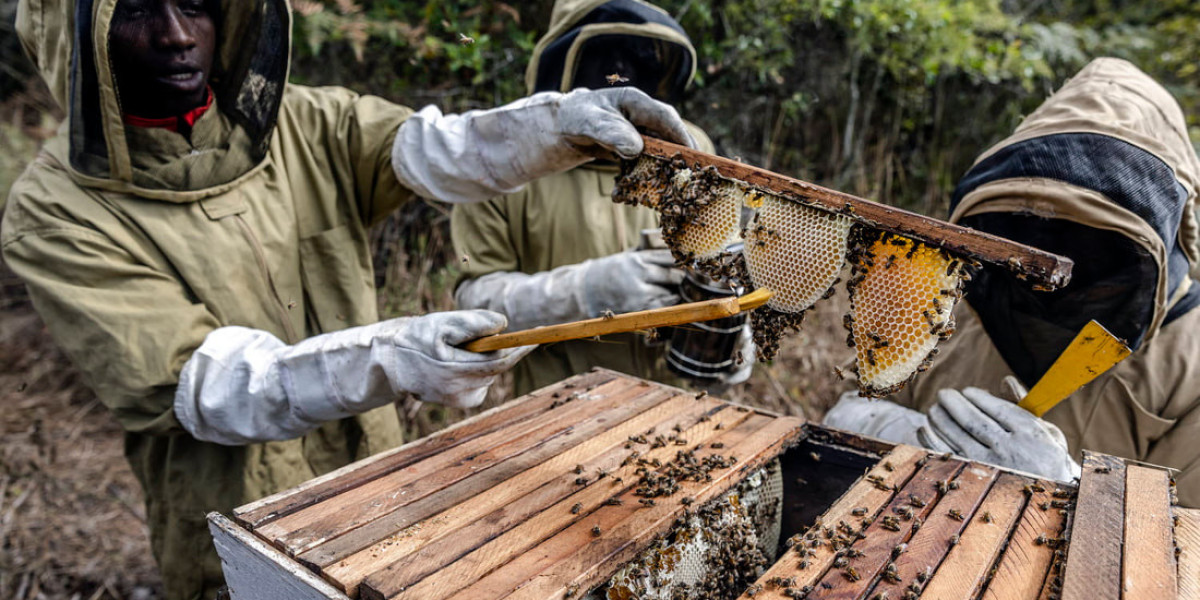A Holistic Approach to Global Well-being
In an increasingly interconnected world, the health of humans, animals, and ecosystems is inextricably linked. The **One Health** approach emerges as a vital framework to address complex global challenges, from pandemics to climate change. By recognizing the interdependence of human, animal, and environmental health, One Health advocates for collaborative, multidisciplinary solutions to safeguard the well-being of all life on Earth.
The Genesis of One Health
While the concept of interconnected health isn’t new—historical figures like Hippocrates and Rudolf Virchow highlighted human-animal-environment links—the term “One Health” gained prominence in the early 2000s. Driven by outbreaks of zoonotic diseases (infections transmitted between animals and humans), such as SARS, Ebola, and avian influenza, experts recognized that fragmented approaches to health crises were insufficient. The COVID-19 pandemic underscored this urgency, revealing how rapidly a virus could leap from wildlife to humans, exploiting ecological disruption and globalization.
Pillars of One Health
1. **Human Health**: Infectious diseases account for 60% of human pathogens, with zoonoses responsible for 75% of emerging diseases. One Health emphasizes surveillance of pathogens in animal populations to prevent spillover events. For instance, monitoring bat colonies or poultry farms can help predict and mitigate outbreaks like Nipah virus or H5N1 flu.
2. **Animal Health**: Domestic and wildlife health directly impact food security, economies, and biodiversity. Diseases in livestock (e.g., foot-and-mouth disease) devastate agriculture, while endangered species face extinction risks from habitat loss and pollution. Veterinarians play a critical role in early disease detection and ecosystem preservation.
3. **Environmental Health**: Climate change, deforestation, and pollution disrupt ecosystems, forcing wildlife into human settlements and accelerating disease transmission. For example, rising temperatures expand mosquito habitats, increasing malaria and dengue risks. One Health promotes sustainable practices, such as reducing antimicrobial runoff from farms to protect water systems.
Challenges and Collaborative Solutions
One Health faces barriers, including siloed institutions, funding gaps, and unequal resource distribution. Human and veterinary medicine often operate independently, while low-income nations lack infrastructure for integrated surveillance. Overcoming these challenges requires:
Cross-sectoral Collaboration.Joint efforts among governments, NGOs, and academia. Organizations like the World Health Organization (WHO), Food and Agriculture Organization (FAO), and World Organisation for Animal Health (WOAH) have formed alliances to standardize data sharing and response strategies.
Policy Integration:
- Embedding One Health into national policies, such as banning wildlife trade in high-risk regions or incentivizing sustainable agriculture.
Community Engagement:
Educating farmers, healthcare workers, and indigenous communities on disease prevention and biodiversity conservation.
Applications and Success Stories
One Health has driven tangible progress:
-Antimicrobial Resistance (AMR): Coordinated surveillance of antibiotic use in livestock and humans has informed stricter regulations, curbing drug-resistant infections.
Rabies Elimination .
Vaccinating dogs in rabies-endemic regions reduced human deaths by over 90% in countries like Kenya and Bangladesh.
Ecosystem Restoration:
Reforestation projects in the Amazon and Southeast Asia have mitigated zoonotic spillover risks while sequestering carbon.
The Path Forward
Advancing One Health demands innovation and equity. Emerging technologies like AI-driven disease modeling, blockchain for supply chain transparency, and genomic sequencing can enhance real-time monitoring. Simultaneously, global funding mechanisms must prioritize low-resource regions vulnerable to climate and health crises. Educational institutions are also pivotal, fostering interdisciplinary training to nurture the next generation of One Health leaders.
Conclusion
The One Health paradigm is not merely a strategy but a necessity in the Anthropocene era. As population growth, urbanization, and environmental degradation intensify, siloed approaches risk catastrophic failures. By uniting diverse stakeholders under a shared vision, One Health offers a roadmap to resilience, ensuring that the health of people, animals, and the planet thrives in harmony. The choice is clear: collaborate or confront cascading crises. The time for One Health is now.







